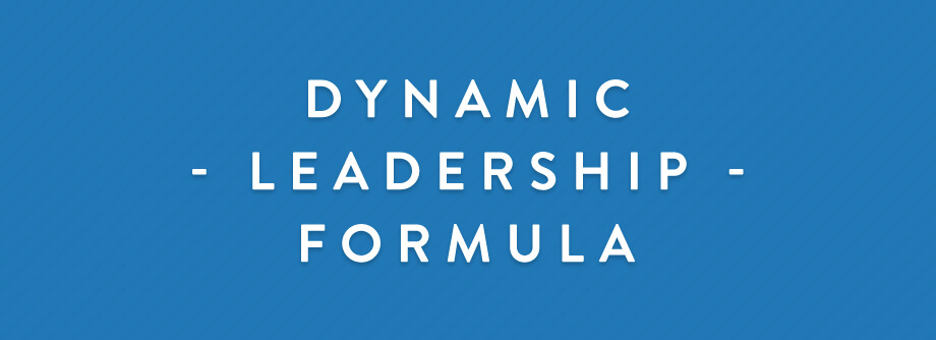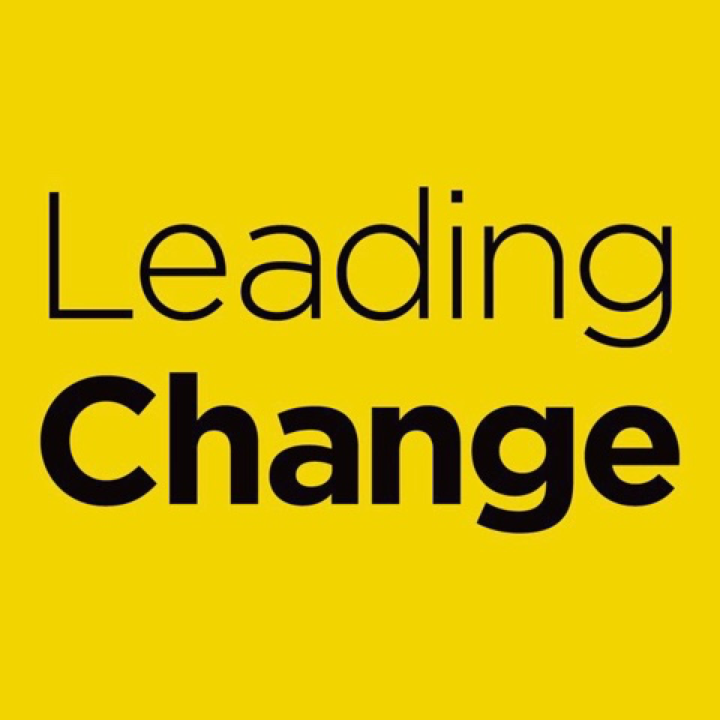What are the Qualities and Characteristics of a Dynamic Leader?
What are the Qualities and Characteristics of a Dynamic Leader?

Dynamic schools are dynamic because the leader and the entire school community have collectively invested time and energy beyond the call of duty to make it dynamic. The leader has to have effective listening skills and offer many platforms for staff to provide input. More importantly, the leader must believe in their colleagues and implement decisions from collaborative feedback. The leader has to constantly put the needs of the constituents and staff before their own. Moreover, they sacrifice countless hours of personal time for the benefit of the school community.
The leader highlights the strengths of individuals so they can further contribute to the innovation of the school. They further identify areas of challenge to design professional development plans geared to strengthen the staff collectively. They encourage and find creative ways for their staff with areas of challenges to connect to staff with strengths in those same areas to grow as a professional learning community (PLC).

Despite the school community working collaboratively, the leader is faced with unique situations daily. They must be a thought provoker and problem solver that thinks outside the box to address daily problems, especially when there are no easy answers. They must work with the staff to find a solution to each problem even when some people believe it is very difficult to nearly impossible.
Behind each dynamic school community, there is a leader leading by example. He/she is aware that everyone is watching his/her behavior with scrutiny and response to situations. Therefore, responses to urgent matters and chaos are dealt prudently and calmly. He/she carries him/herself professionally and with dignity inside and outside the school community. The leader does not accept mediocrity. He/she provides clear expectations to each and every position, including students. Policies and procedures are established to address each situation and hold everyone accountable to the highest standard. His/her work ethic is inimitable.
As a novice administrator, I consistently dreamed about becoming a dynamic leader and transforming the professional landscape of underperforming schools to becoming high performing. When I initially became principal of this particular school in New Jersey in 2010, the school had a stigma for student, staff and teaching challenges. In a matter of one year, we made significant strides towards becoming a high performing/dynamic school. One of the first things we did was visit a few schools that were considered high performing/dynamic. Then our school leadership council (SLC) comprising teachers, parents, support staff, community member and administration developed a collaborative vision, core belief statements and goals. We selected four key topics and designed an action plan to address them. Then the culture of the school immediately began to change. Although I had high expectations for staff, they began to add more expectations for themselves and their peers. Teachers with specific skills were highlighted and they began leading job-embedded professional opportunities like faculty meetings and the PLCs. All staff members were able to participate in decisions about the school’s function through various committees like SLC, data, safety, PBSIS, discipline, multicultural, wellness, open house, etc. Teachers elected a PLC leader that facilitated meetings of curriculum revisions, analysis of student academic performance data to drive instruction, instructional and assessment interventions, literature review, discussing researched-based best practices and innovative practices observed during peer classroom walkthroughs, etc.

To answer my topical question, I believe the role of a leader in a dynamic school community requires effective listening skills, selflessness, understanding individual strengths and areas of challenges, problem solving skills, holding others accountable, leading by example and making those around him/her better. After 14 years of being a school building leader, I am even more confident that these quintessential leadership qualities and characteristics are needed to lead a dynamic school or school system. Do these characteristics or qualities describe you partially or entirely?

Aspiring and current administrators seeking to be dynamic leaders should not fall for the following misconceptions associated with dynamic leaders and schools.
1) Transformation will occur overnight – Since a school community does not become dynamic overnight, the leader must be patient with the timing of the transformation. Each school community is different. Everyone must always remember the goal is to continually improve and sustain the student and school’s performance, adult collaboration and educator’s practice.
2) Fame and money – There are examples of leaders who have been able to receive the greatest accolades and even cash in on their school’s success. However, this is not the norm. Remember we got into this profession to change the lives of children to better their future. As administrators, we are building the professional capacity of teachers and support staff to improve teaching, adult learning and student learning. Don’t be disappointed if you don’t win an award for your work/passion. When you have one or more former students coming to you years later displaying how their life was changed because of your diligence and perseverance, there is evidence of your everlasting impact. He or she will most likely pay it forward in the same or different manner.
3) Dynamic schools are problem free – When you hear about a school’s success, chances are they are already in the groove of success and worked out most challenges like staff buy-in before the publicity because everyone wants to be part of a success story. So two important questions to ask those leaders are, “What are some of the past challenges you faced initially as the leader of this school community?” and “What are your current challenges?”
Ultimately, the climate of dynamic schools portrays the hard work of both the leader and school community. So it should be noted that support staff members, teachers, students and parents are also the dynamic leaders actively involved in the successful practices and events occurring at each dynamic school.




